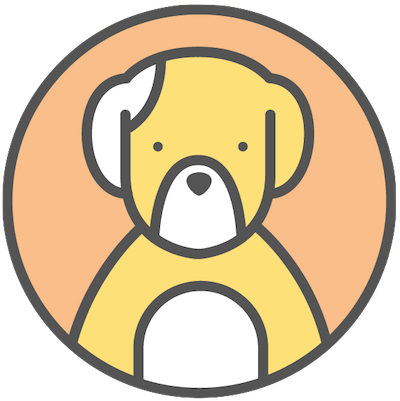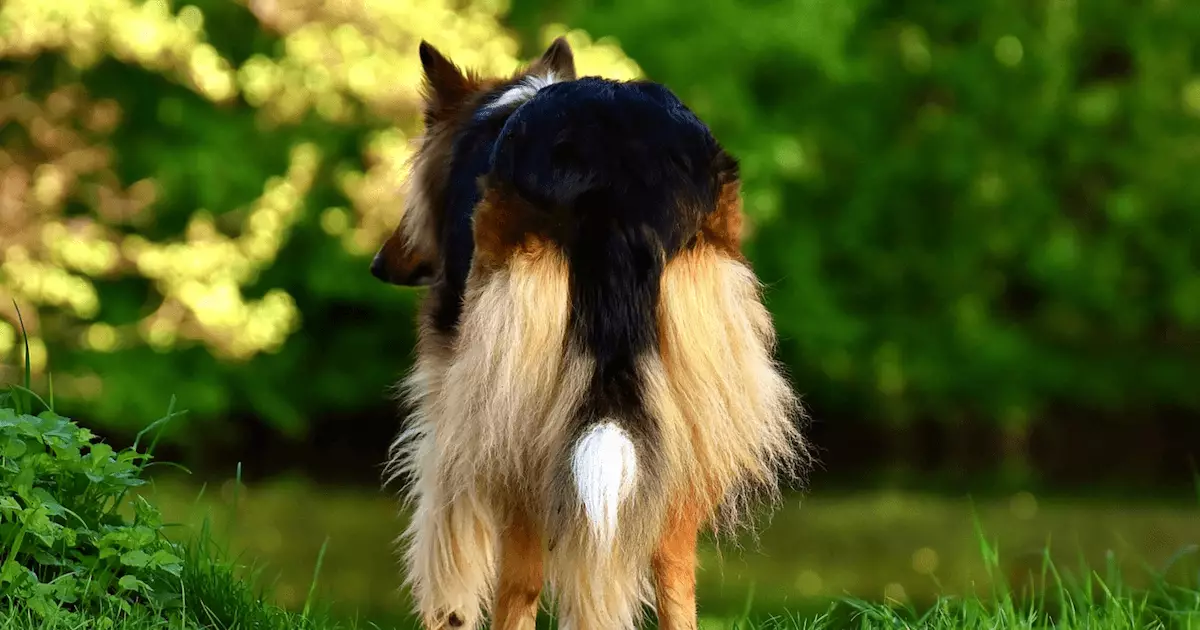Owning a long-haired dog can be an enchanting experience filled with cuddles and affection. Their luxurious coats bring warmth and a unique aesthetic that many dog owners cherish. However, with all the charm comes a set of challenges that are specific to their beautiful fur. For instance, their highly absorbent coats can trap dirt, leaves, and unmentionably, poop, leading to a common issue known as “poop butt.”
Long-haired breeds like Afghan Hounds, Shih Tzus, and Maltese are beloved companions, but their coat demands diligent care. Grooming isn’t just a luxury; it’s a necessity. Regular grooming prevents matting and keeps the coat healthy while also addressing hygiene needs, particularly in areas that are prone to messiness. While many owners marvel at the allure of long-haired dogs, they often overlook the significant responsibilities that accompany their coats.
The Importance of Grooming: More Than Just Aesthetic
Maintaining the pristine condition of a long-haired dog’s coat involves more than a monthly trip to the groomer. Pet parents should engage in routine brushing and bath sessions suitable for their dog’s specific coat type. Utilizing a professional groomer is prudent; they can execute skillful trims around sensitive areas such as the anus and genital region, commonly referred to as a “potty patch.” This practice aids in minimizing hygiene issues that arise from matted hair mixed with fecal matter.
It’s crucial to invest in the right grooming tools and techniques for home care. Regular brushing not only prevents mats but also stimulates the skin and distributes natural oils throughout the coat. Owners who neglect grooming might find themselves confronted with issues that go beyond simple inconvenience, including infection, discomfort, and unsightly mats.
Understanding the Diet-Digestion Link
The connection between a dog’s diet and its bowel health cannot be overstated. Poor diets often result in soft stools that are more prone to being trapped in the fur. Owners should prioritize a high-quality diet that meets their dog’s nutritional needs, which includes sufficient fiber. Interestingly, adding probiotics and prebiotics can make a world of difference in solidifying stool consistency. A consistent regimen of high-fiber meals not only keeps your dog’s digestive system healthy but also minimizes the risk of fecal entanglement.
For those who feed pre-packaged foods, read the labels carefully; not all dog foods are created equal. Transitioning from one food to another should be done gradually to prevent upset stomachs; this is especially important for long-haired breeds that require stable and manageable bowel movements.
Immediate Response to “Poop Butt” Issues
When incidents occur, timely and efficient cleanup is key to managing “poop butt.” Instantly addressing messes while they are still moist is paramount. A gentle touch with grooming wipes can not only clean but also deodorize the affected area. Waterless shampoos serve as an excellent interim solution between baths, effectively removing unwanted debris without the need for a full-fledged bathing session that may irritate the skin or strip the coat of its natural oils.
Remember, the goal is to alleviate discomfort and preserve hygiene while protecting the beautiful coat. If regular intervention doesn’t seem to alleviate problems, it may indicate an underlying health issue.
Professional Guidance: When to Seek Help
If your dog continuously experiences issues with soft stools, it’s prudent to consult a veterinarian. Conditions such as inflammatory bowel disease or intestinal parasites can contribute to chronic gastrointestinal problems that exacerbate the “poop butt” situation. Your vet can conduct the necessary tests and help tailor an effective dietary plan that suits your dog’s unique needs.
Regular vet visits and open lines of communication with professionals can ensure that your pet remains healthy and comfortable. “What might seem like a minor inconvenience can escalate into a serious health problem if left unaddressed,” explains Dr. Ann Hohenhaus, a recognized veterinarian. Being proactive rather than reactive can make all the difference in keeping your fluffy companion free from hygiene woes.
In the grand tapestry of dog ownership, long-haired breeds certainly bring joy and companionship that few other animals can provide. Nonetheless, their glamour comes with a checklist of responsibilities that require consistent engagement and a little ingenuity to navigate effectively. With appropriate grooming, constructing a healthy dietary plan, and regular veterinary consultation, dog owners can enjoy the rich experience of having a long-haired lovable companion without the nuisance of “poop butt.”

